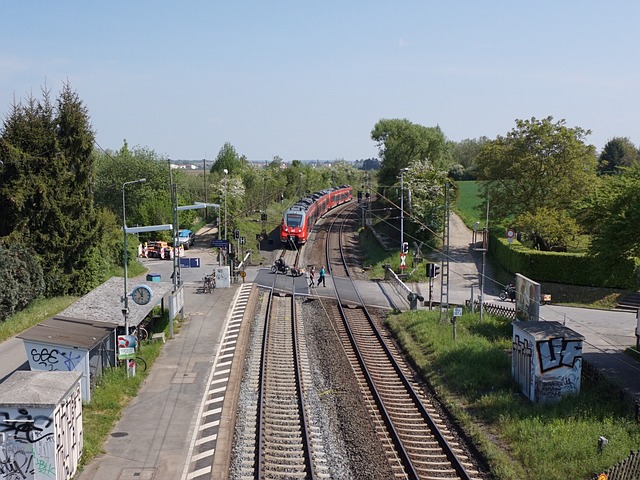
Although there are far fewer freight railroads coming into New York City than in the past, there is still a surprising amount of rail traffic both entering and leaving New York. Moreover, there are several efforts underway to increase rail traffic into the city, including expanding Hunts Point Terminal Market in the Bronx and constructing a major container port in Brooklyn. There is also talk of building another tunnel under the Hudson to carry freight trains.
All of this makes a recent AP story about rail safety problems even more troubling. The story does not discuss recent high-profile train accidents, accidents that in some instances have been attributed to human error. Rather, it focuses on the condition of the 170,000 miles of steel rails that carry freight and passengers around the United States.
The issue is when rails become too worn to carry heavy loads that often include hazardous chemicals and oil. Neither the U.S. nor Canada has national standards that determine when a section of rail is too worn to safely carry train traffic.
Officials in the United States attempted to develop nationwide standards that would determine when rails are replaced, but the freight industry and its lobbyists opposed the initiative, stopping it in its tracks, according to the AP story.
However, a recent derailment in West Virginia that caused a massive explosion was linked to worn-down rails, spurring regulatory agencies to re-energize their attempt to establish new rules for worn-out rails.
Federal railroad administrator Sarah Feinberg said, “Track generally is the place that we’re focusing at the moment, and it’s clearly overdue. Rail head wear is one place in particular that we feel needs to be addressed as soon as possible.”
This is certainly laudable, but not soon enough, according to attorneys for the families of people killed in railroad accidents caused by worn rails.
Although there are hundreds of short-line and terminal railroads, there are only seven major freight carriers in the United States and Canada. Spokespeople for these companies argue that the operators of the railroads themselves are in the best position to know when rails should be replaced or when trains should travel at lower speeds. They point to a long-term reduction in derailments as evidence that their approach works.
Everyone involved agrees that pinpointing the exact cause of a derailment is difficult. Government officials say that since 2000, there have been 111 derailments. That doesn’t sound like many, especially given the millions of train miles traveled each year. It is not even 1 percent of all accidents. However, more specific problems result from worn rails, and those have caused at least 1,200 derailments that resulted in injuries and deaths.
Two types of situations occur when worn-out rails are overused. Known as detail fractures and vertical splits, these conditions develop over time and can cause trains to derail.
Whether anything will come of renewed efforts is uncertain at best. The task force that will be making recommendations for rail replacement standards includes 55 representatives of major freight railroads, while the Federal Railroad Administration and its Canadian counterpart, Transport Canada, have only 19. The result so far has been agreeing on voluntary compliance. Whether substantive change is possible when the deck is stacked in favor of the industry is uncertain at best. One official for the union that represents track workers said, “The industry doesn’t want to be regulated. That’s no secret.”
Source: ABC News

